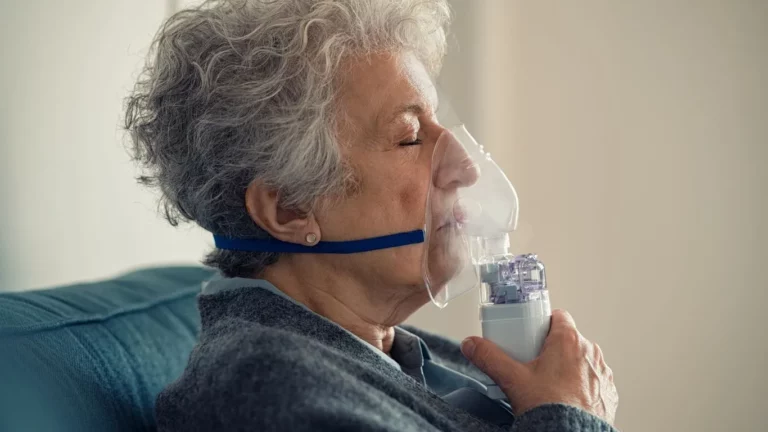Simple Breathing Techniques That Help Prevent Asthma
Asthma can feel overwhelming. The tight chest, wheezing, and sudden shortness of breath often come without warning. But for many, learning to breathe differently offers a quiet, steady path to relief. Breathing techniques, when practiced consistently, can reduce symptoms and help prevent flare-ups before they begin.
These techniques aren’t a cure. But they offer something just as powerful: a way to feel more in control. Understanding how the breath works with the body can be a meaningful step toward managing asthma gently and effectively.
Signs and Symptoms
Recognizing asthma symptoms early makes a difference. Breathing exercises are most effective when used before symptoms escalate.
- Shortness of breath, especially during exercise or at night
- Wheezing—a high-pitched sound when breathing out
- Tightness in the chest
- Frequent coughing, especially in the morning or at night
- Difficulty sleeping due to breathing issues
Symptoms can vary from mild to severe. For some, they appear only during exercise or allergy season. For others, they may be a daily concern. The good news is, with consistency, breathing techniques can help ease these symptoms and prevent them from becoming more intense.
Causes
Asthma is caused by inflammation in the airways. This makes them sensitive and more likely to react to certain triggers.
- Allergens like dust mites, pollen, or pet dander
- Cold air or sudden weather changes
- Respiratory infections like colds or the flu
- Exercise, especially in cold or dry environments
- Stress or strong emotions
- Smoke, pollution, and strong odors
Some people have a genetic tendency toward asthma, while others develop it later in life. While medication is often necessary, breathing techniques serve as a natural, non-invasive tool to work alongside other treatments.
How Breathing Affects Asthma
Asthma restricts airflow, making it hard to exhale completely. This creates a cycle where breathing becomes shallow and fast, increasing tension in the body and anxiety in the mind.
Breathing techniques help break this cycle. They calm the nervous system, reduce airway reactivity, and teach the body to breathe more efficiently. Over time, the lungs learn to expand and contract with less effort.
Studies have shown that people who practice daily breathing exercises experience fewer asthma attacks and improved quality of life.
Proven Breathing Techniques to Prevent Asthma
Different techniques work for different people. What matters most is consistency and awareness of how the body responds.
1. Diaphragmatic Breathing (Belly Breathing)
This method strengthens the diaphragm, the muscle just below the lungs. Breathing deeply into the belly helps you use your full lung capacity.
- Lie down or sit comfortably.
- Place one hand on your chest and the other on your stomach.
- Inhale slowly through your nose. Feel your belly rise.
- Exhale gently through pursed lips. Your belly should fall.
- Repeat for 5–10 minutes, once or twice daily.
2. Pursed-Lip Breathing
This helps control shortness of breath and keeps airways open longer during exhalation.
- Inhale slowly through your nose for two counts.
- Purse your lips like you’re blowing out a candle.
- Exhale slowly through your pursed lips for four counts.
Use this technique during physical activity or when you feel short of breath. It brings an immediate sense of calm.
3. Buteyko Method
This technique focuses on reducing over-breathing, which can cause symptoms to worsen.
- Breathe in gently through your nose.
- Breathe out slowly, also through your nose.
- After exhaling, pause briefly and hold your breath for a few seconds.
- Resume normal breathing and repeat.
The Buteyko Method may take guidance from a trained practitioner at first. But once learned, it can be a powerful tool for managing asthma daily.
4. Papworth Method
Combining breathing with relaxation, this technique teaches how to breathe using the nose and diaphragm while staying calm under stress.
- Focus on slow, rhythmic breathing through the nose.
- Use gentle abdominal movements rather than shallow chest breaths.
- Pair the breathing with relaxation or mindfulness techniques.
This method is often taught in clinics or therapy sessions and may include speech techniques for those with asthma-related coughing.
When to Get Help
Even with breathing exercises, asthma should not be managed alone. Medical guidance ensures safety and effectiveness.
- Frequent use of quick-relief inhalers (more than twice a week)
- Waking up at night due to coughing or shortness of breath
- Difficulty breathing during simple activities
- Symptoms that worsen even with regular treatment
If any of these signs occur, it’s time to talk to a healthcare provider. Breathing techniques are supportive, but not a substitute for medical care.
Treatment and Prevention Together
Asthma treatment often includes inhalers, anti-inflammatory medications, and avoiding triggers. Breathing exercises complement these tools.
- Follow your asthma action plan regularly.
- Use breathing exercises as part of your daily routine.
- Track symptoms to understand patterns and triggers.
- Stay active with gentle, asthma-friendly exercise like swimming or walking.
Prevention is not just about medication. It’s about tuning in to your body, creating calm in your breath, and nurturing a sense of inner control.
Living Well with Asthma
Asthma doesn’t define who you are. With patience, practice, and support, it’s possible to breathe easier and live fully.
These techniques take time to learn. Be kind to yourself during the process. Some days will feel easier than others, and that’s okay.
Above all, remember: you are not alone. Thousands of people find relief every day through mindful breathing and consistent care.
If you’re unsure where to start, speak with a doctor, respiratory therapist, or certified breathing coach. A little guidance goes a long way.

Bianca Nala is a compassionate Nurse Practitioner with a strong background in primary and respiratory care. As a health writer for Healthusias.com, she combines her clinical expertise with a talent for clear, relatable storytelling to help readers better understand their health. Bianca focuses on topics like asthma, COPD, chronic cough, and overall lung health, aiming to simplify complex medical topics without losing accuracy. Whether she’s treating patients or writing articles, Bianca is driven by a single goal: making quality healthcare knowledge accessible to everyone.






